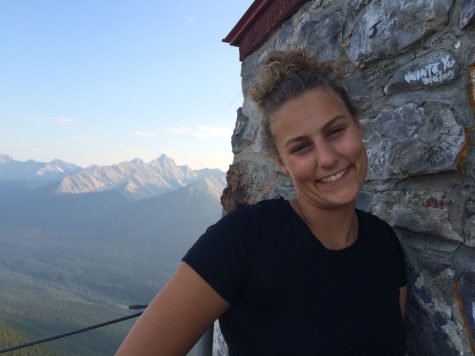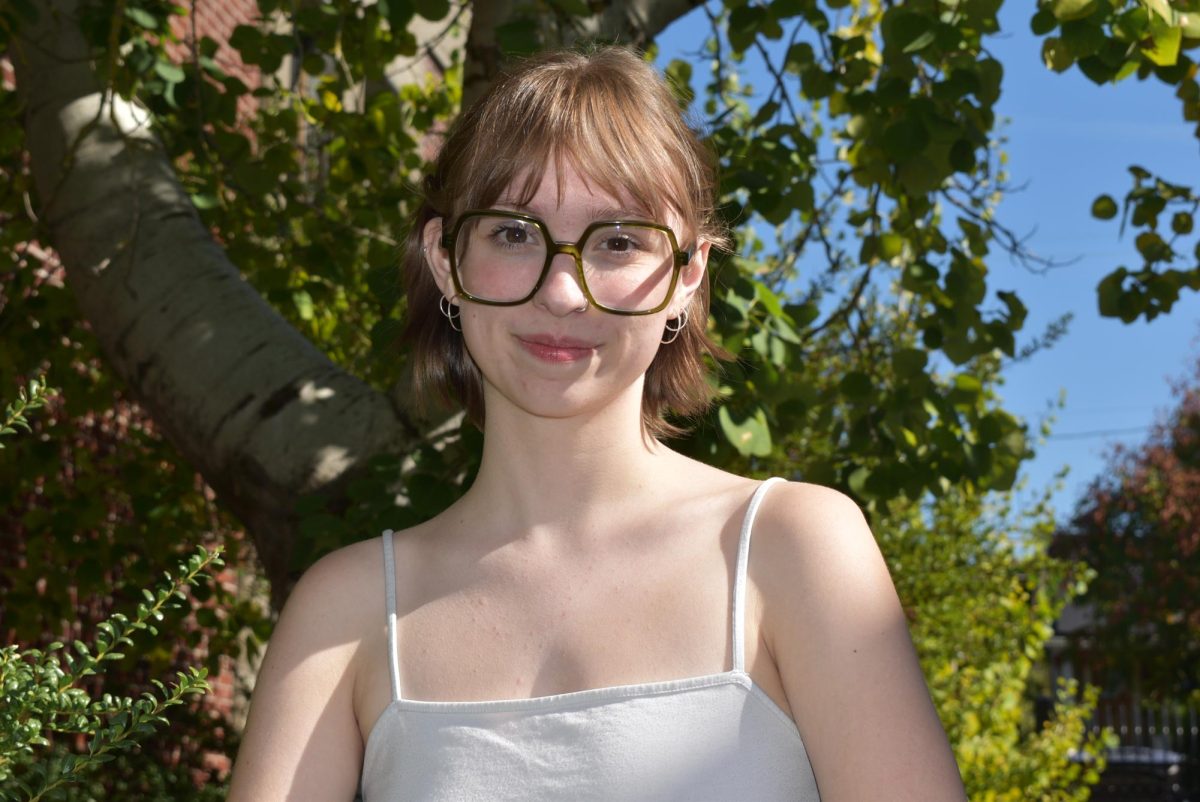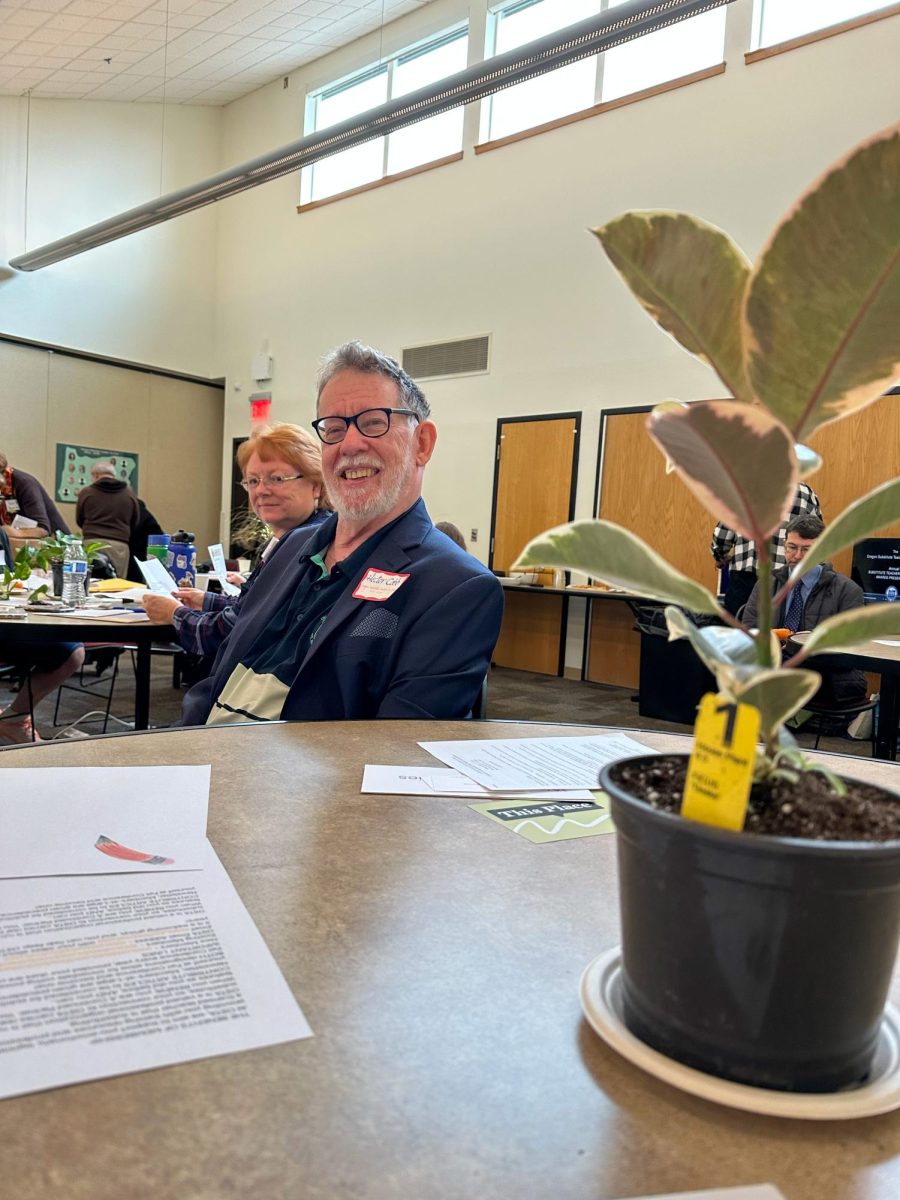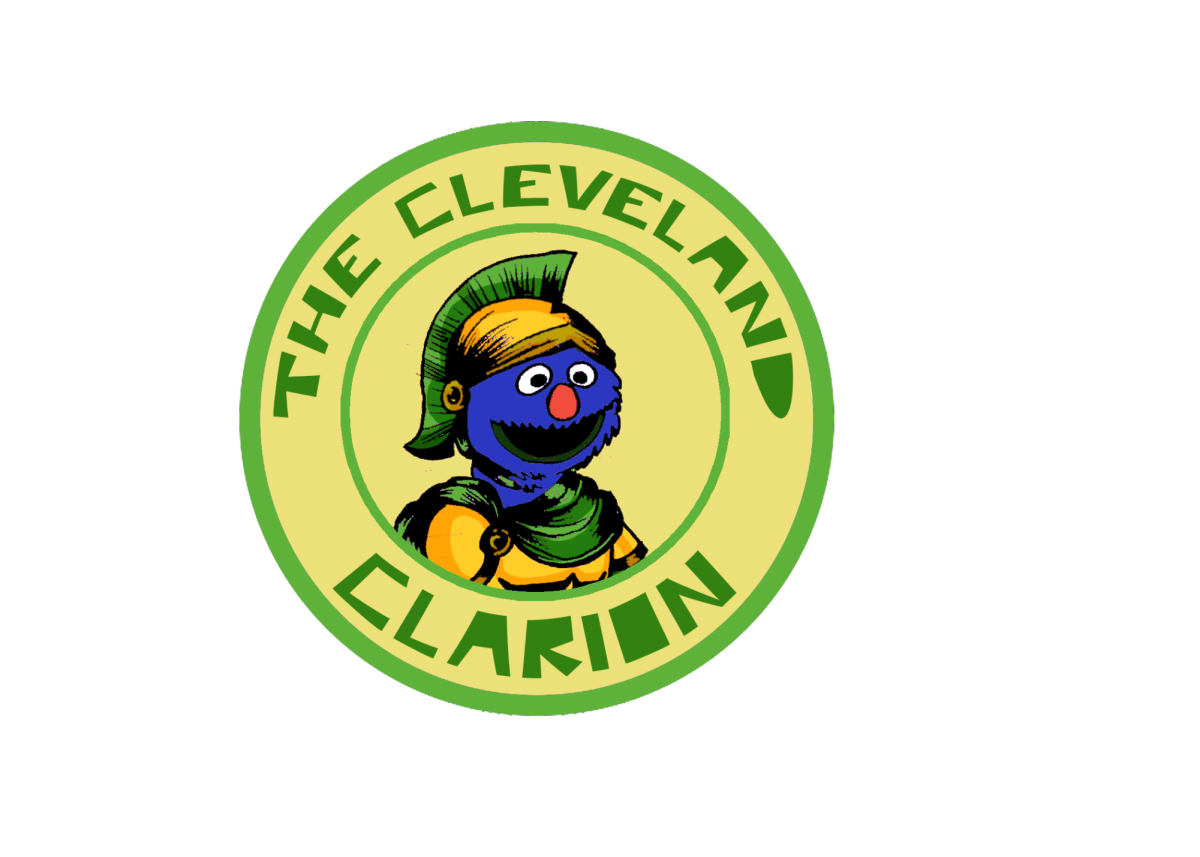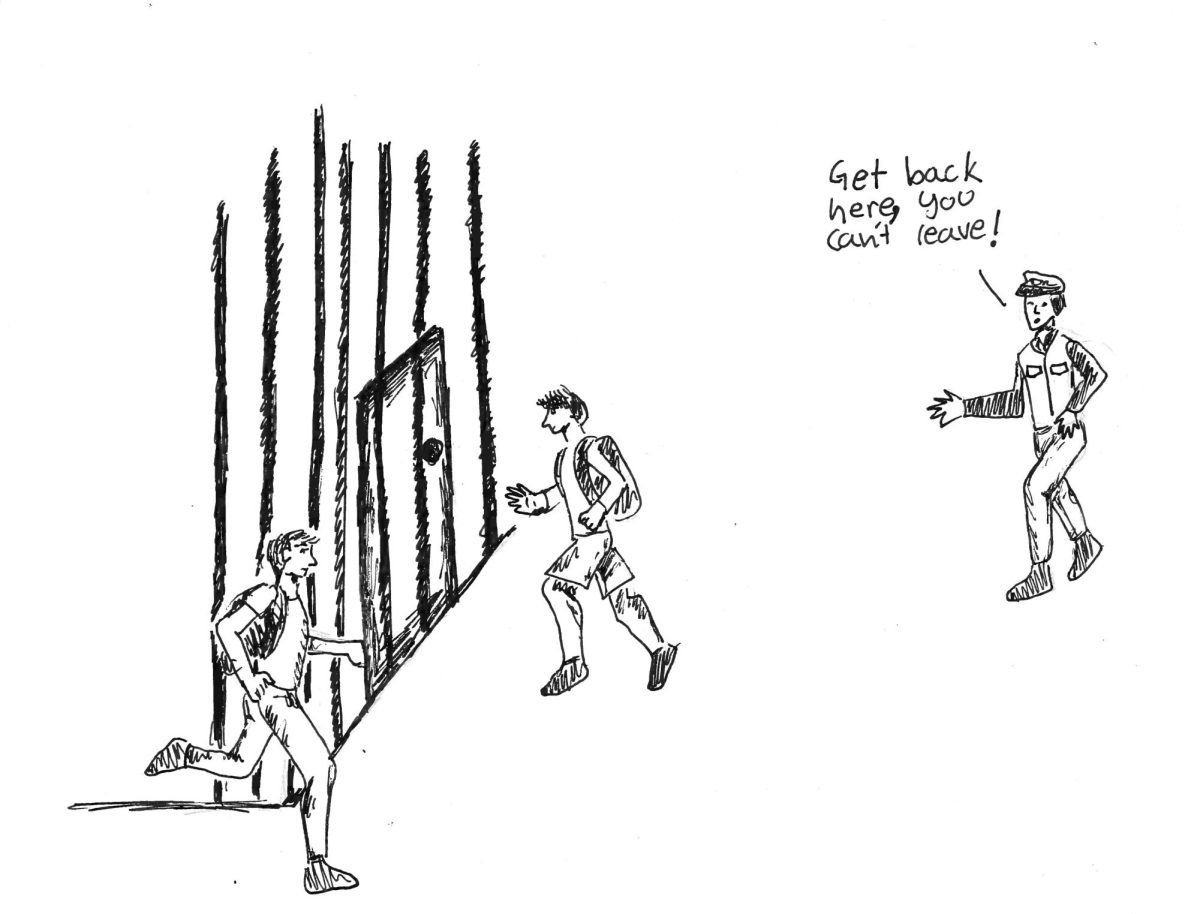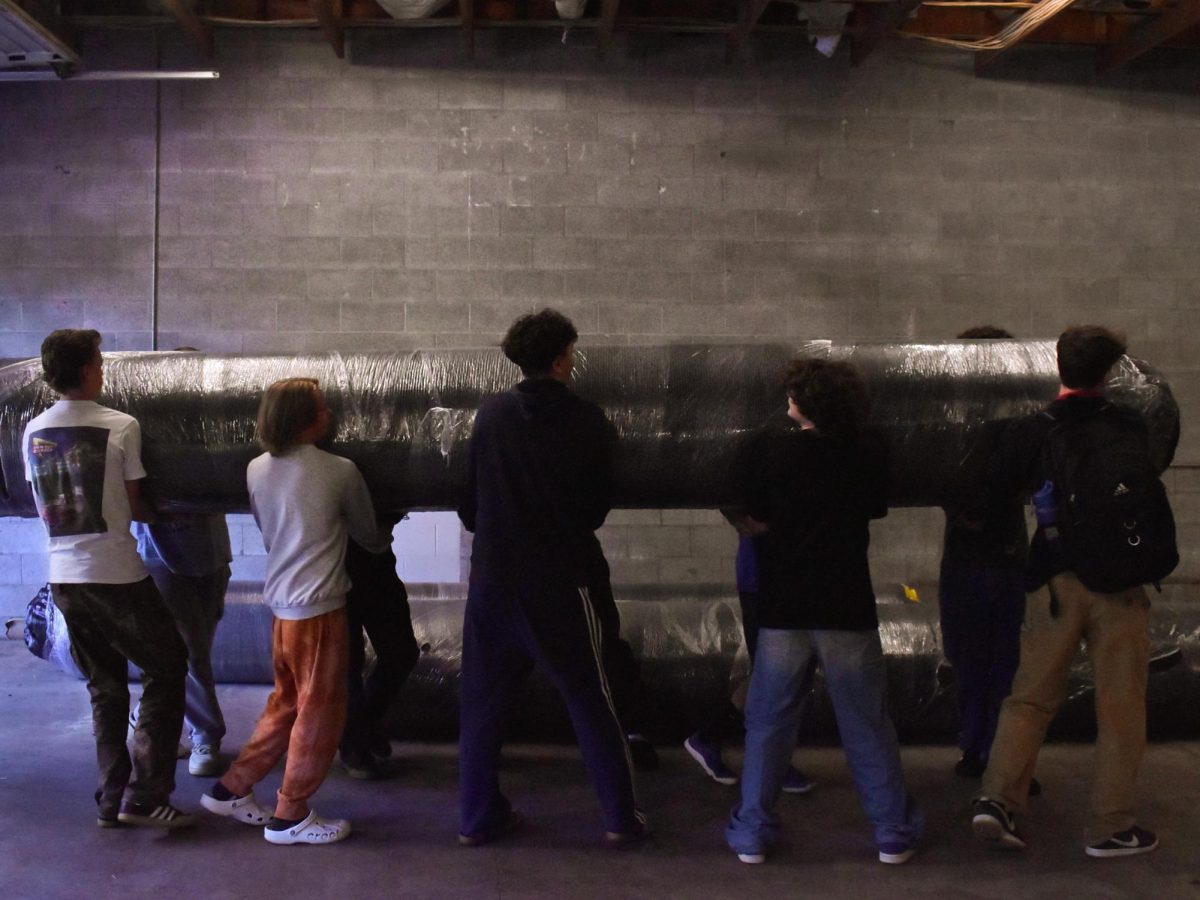Charisse Hung and Adam Nayak excel in regional science fair
April 11, 2016
On March 10, Charisse Hung and Adam Nayak competed in the Portland Public School’s Science Expo (PPSSE) hosted at PCC Sylvania, the qualifying contest to Oregon’s state competition, and later the Intel International Engineering and Science Fair (Intel ISEF), the largest pre-college science competition in the world.
This year, Intel ISEF will occur in Phoenix, Arizona with 1,700 high school students from 75 different countries. There, students will showcase their research projects to doctoral level scientists, compete for scholarships and over four million dollars in prize money. Through this process, students will also receive critique and suggestion of improvement to implement in their own science and engineering projects.
The top three students and their projects from regional fairs like PPSSE automatically qualify for Intel ISEF, however they are still advised to compete at state. The best students from regional fairs advance to state, referred to in Oregon as Northwest Science Expo (NWSE), and around 25 people at state will qualify for Intel ISEF. This year, two Cleveland students were regional winners.
Charisse Hung:
Hung, a freshman, has grown up surrounded with math, her dad being a mathematician, and she herself loving numbers. This was her first year competing in ISEF, aside from small tournaments in sixth grade at Hosford.
Doing a research project had not occurred to Hung until a family friend and mentor to her, Joni Karlson, introduced the idea of science fair. Karlson has a background in biology and the general science realm. She strategically advised Hung to compete in the math division, for few students enter into this field. Together, they devised a project based in the statistics of wild plants, specifically bunchgrass.
Hung described her research, “My project is a statistical analysis of wild plant distribution,” she explained. “I took a bunch of plants called bunchgrass and I labelled each one, then I took the proximity of each plant to other plants and gave it points based on how many plants were around it. With those numbers, I ran a T-Test which is a statistical test to see if there is statistical significance to how the plants are arranged compared to the null hypothesis.”
Later, Hung explained that the null hypothesis is the idea that plant distribution is random and there is no significance or pattern to the growth of plants. Hung’s hypothesis was that there was a pattern to bunchgrass configuration, and after her research, she learned that she was correct. She found that there is a statistical pattern to how plants are spread in an open field.
At the Portland Public School’s Science Expo, Hung was the only competitor in math, so she automatically won her field. She was then combined with physics and astronomy, and won that as well. She successfully advanced to the state fair, NWSE, and won the Mu Alpha Theta Award and the Naval Science Research Award, collecting $50 in prize money.
Next year, Hung plans to continue in science fair in the math category. Her upcoming project will compare the distribution of new plants to her findings with bunchgrass. Hung hopes to pursue a profession in math and science and continue to learn about the world of numbers.
Adam Nayak:
Sophomore Nayak is a veteran of science fair, this being his 10th year competing. Throughout elementary and middle school at Winterhaven, a science research project was required of all students, and Nayak has continued his research into high school.
For four years, Nayak has based his projects in water and environmental systems. He explained, “I started in seventh grade. I wanted to do a science project that I actually cared about.” Nayak lives near the Crystal Springs watershed. He began testing the water quality and questioning why salmon weren’t spawning in the tributaries of the system. Since then, he has expanded to general environmental systems and the Willamette River. During freshman year, Nayak did secondary data analyses of the Willamette River, meaning he studied data that had been already collected. This project earned him third place in Portland’s regional fair and qualified him for Intel ISEF in Pittsburgh, Pennsylvania.
Nayak described his recent project, proving it much more complicated than years past, “This year I mapped riparian vegetation of the Willamette River. I mapped change over time using satellite images though NASA Landsat imagery. With this I saw the effects of vegetation change on water temperatures near the banks of the river. I found that water temperatures were significantly hotter in areas that experienced riparian vegetation loss. With this method I was able to isolate vulnerabilities within the Willamette River that can be restored to prevent Cyanobacteria outbreaks and salmon population loss.”
Throughout Nayak’s research, his long term mentor, Ronda Royal, assisted with paperwork and guided him into advanced investigation of such complicated environmental systems. Nayak also contacted Warren Cowen, a professor at OHSU, who then referred him to his student Kate Fikas. Fikas is specially trained in NASA landsat data collection and riparian vegetation in relation to environmental systems. She helped to further Nayak’s knowledge in technological data collection and assisted in effectively designing a project that suits the questions he was asking.
At the Portland Public School’s Science Expo, Nayak competed in the category of Environmental and Earth Sciences. He won The Office of Naval Research Naval Science Award, NASA Earth System Science Award, Oregon Environmental Health Association Award for Excellence in Scientific Research, Best in Category, Best in Fair, and became a finalist for Intel ISEF. After the Northwest Science Expo on April 8, Nayak will go to Phoenix, Arizona in May to continue presenting his research.
Junior year, Nayak believes he will continue researching and collecting data in order to fully understand surrounding ecosystems. He hopes by senior year to have the capabilities and comprehension to engineer something that will help restore and protect our water systems.
Nayak reflected, “I think more students should be working on things that are important to them. You may not think you can do something that you totally can be. I didn’t ever think I’d be doing the research I’m doing today, but because of all the help I’ve gotten, how I’ve reached out to people and applied myself, I’ve been able to have success in a field that I’m really passionate about.”



